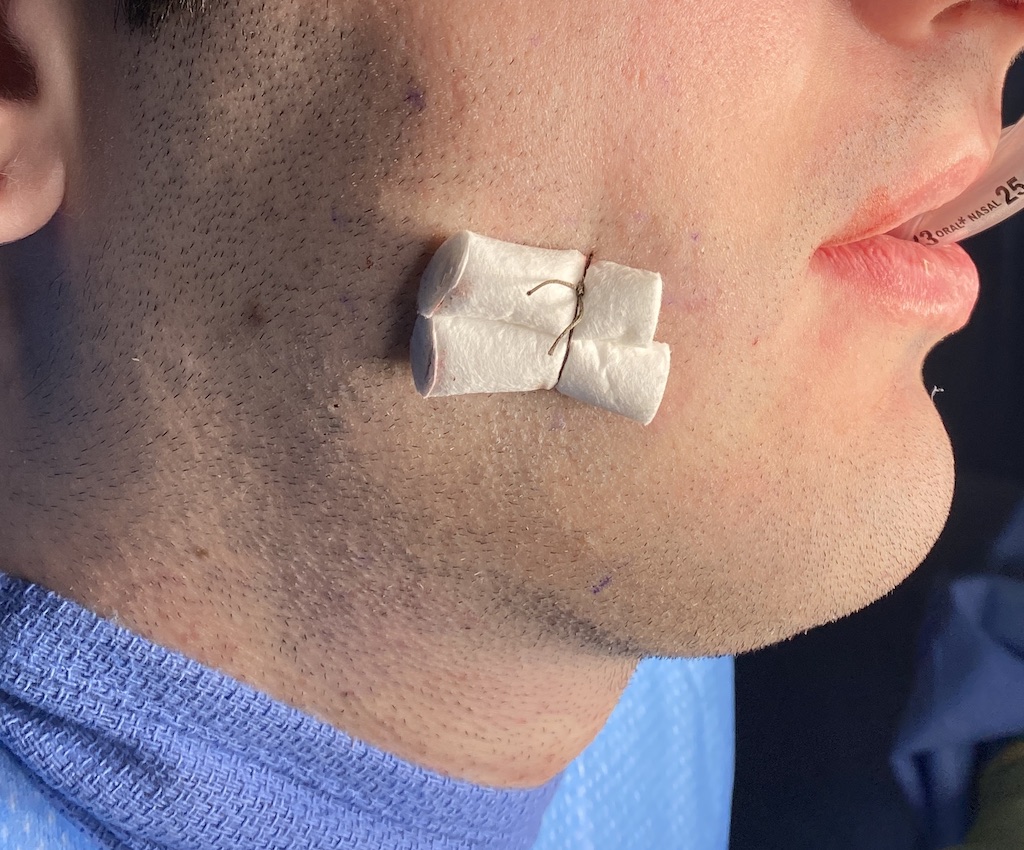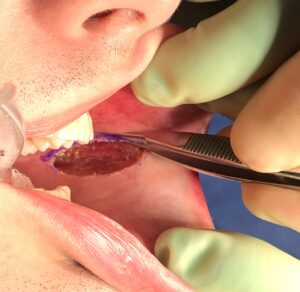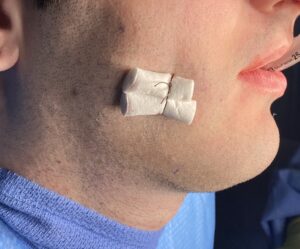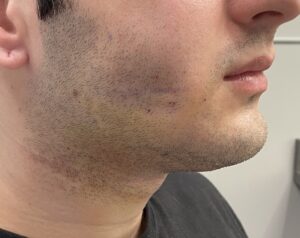Reshaping the full or round cheek area is most commonly treated by a buccal lipectomy. This now popular procedure, performed intraorally and with a very low rate of any complications, has often misunderstood aesthetic effects. It has its effects in the upper cheek which is defined by what lies north of a line drawn between the corner of the mouth and the attachment of the earlobe to the face. (cheek equator) It is not a full cheek soft tissue reductive procedure. What lies south of the cheek equator line requires a different treatment approach.
Fullness caused by fat below the cheek equator line can only be improved by perioral liposuction. This treats the subcutaneous fat that lies below the skin but above the buccinator muscle. From a nick incision inside the corner of the mouth small cannulas are used to access and reduce this thin fatty layer. While it can be performed alone for isolated perioral mounds it is a good and often needed companion to the buccal lipectomy procedure for a more complete soft tissue cheek reduction effect.
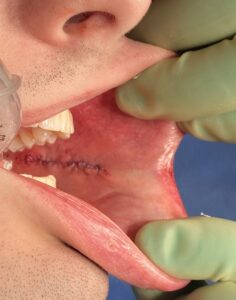
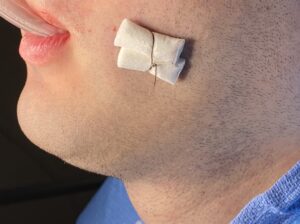

Dr. Barry Eppley
World-Renowned Plastic Surgeon

